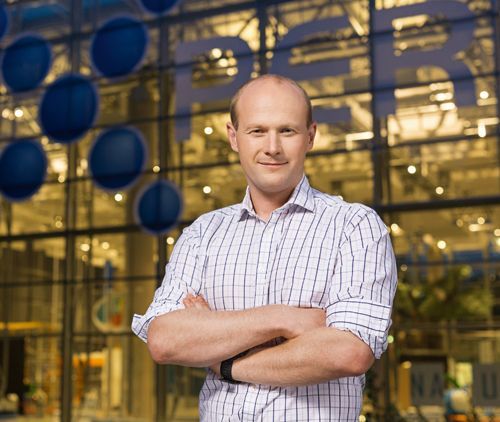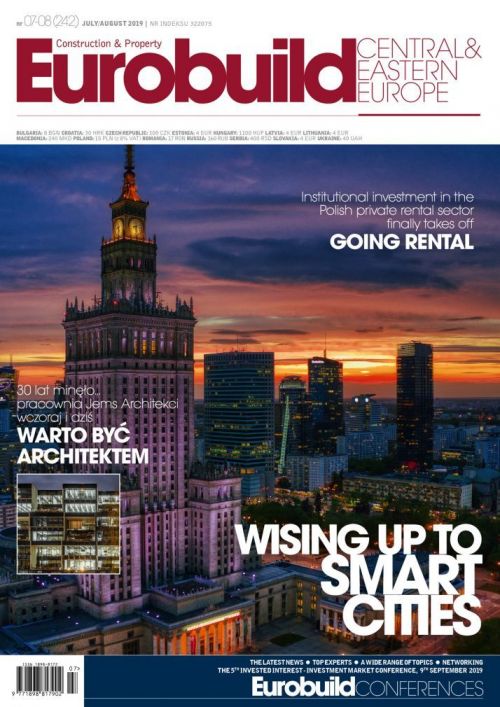The smart city concept has up to now been mainly the stuff of futurist speculation. However, cities are already turning into integrated and efficient organisms, with intelligent systems that serve not only their residents but that are also designed to tackle real problems and challenges resulting from modern urban development. What actually is a smart city? According to one definition, it’s a city that employs modern technology for the improvement of the lives of its residents and its infrastructure. Furthermore, it’s one that invests in its human and social capital and taps into the potential of the companies and institutions based in it and the creativity of its inhabitants. The smart city concept integrates many different aspects, the most important of which are: a clean environment, intelligent management, a constant improvement in its living conditions, intelligent construction and sustainable development of the urban economy and infrastructure.
How do metropoli































































